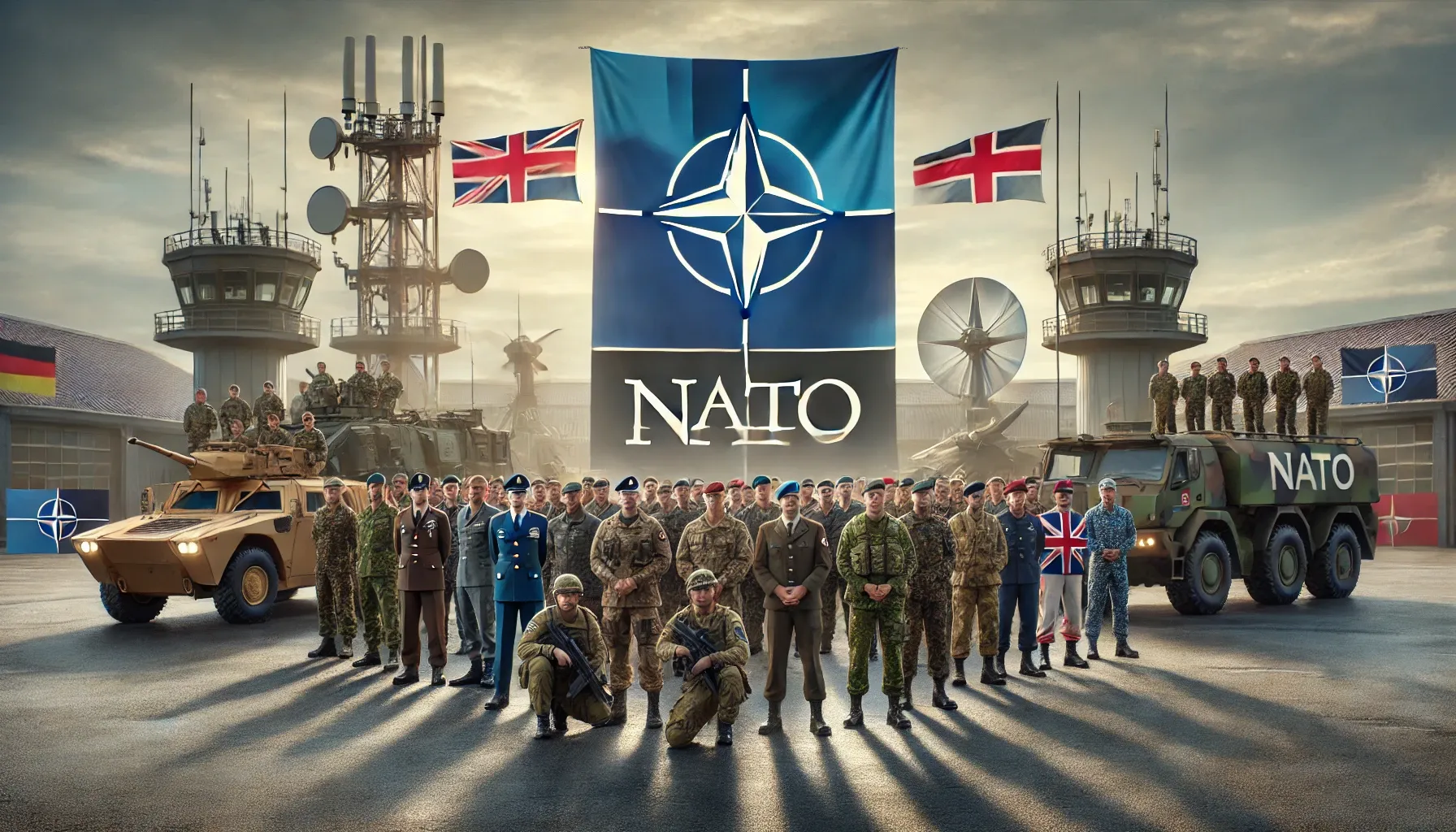UPSC
On This Day Today
North Atlantic Treaty Organization (NATO) treaty signed in Washington, D.C.
Last Updated
4th April, 2025
Date Published
3rd April, 2025
Share This Post With Someone

The North Atlantic Treaty, signed on April 4, 1949, is a foundational document for the North Atlantic Treaty Organization (NATO), a key military alliance in global politics. This summary provides a concise yet comprehensive overview of the treaty’s provisions, objectives, and implications, making it a vital topic for aspirants preparing for competitive exams focusing on international relations and security studies.
Key Points from the North Atlantic Treaty:
- Preamble:
- The treaty reaffirms faith in the United Nations Charter’s purposes and principles.
- Signatories commit to peaceful coexistence with all peoples and governments.
- Aims to safeguard freedom, common heritage, and civilization based on democracy, individual liberty, and the rule of law.
- Seeks to promote stability and well-being in the North Atlantic area.
- Establishes a collective defense mechanism to preserve peace and security.
- Article 1:
- Parties pledge to settle international disputes peacefully, avoiding threats to peace, security, and justice.
- Commitment to refrain from the threat or use of force inconsistent with UN principles.
- Article 2:
- Parties will strengthen free institutions and promote conditions of stability and well-being.
- Encourages economic collaboration among member states.
- Article 3:
- Parties will maintain and develop individual and collective capacities to resist armed attacks through continuous self-help and mutual aid.
- Article 4:
- Consultation among parties is mandated if the territorial integrity, political independence, or security of any party is threatened.
- Article 5:
- An armed attack against one or more parties in Europe or North America is considered an attack against all.
- Parties agree to take individual or collective action, including the use of armed force, to restore security in the North Atlantic area.
- Actions must be reported to the UN Security Council, ceasing when the Council takes necessary measures.
- Article 6:
- Defines an armed attack as one on the territory, forces, vessels, or aircraft of any party in Europe, North America, or specific regions (e.g., Mediterranean, North Atlantic north of the Tropic of Cancer).
- Includes territories like Algeria (under French jurisdiction at the time) and occupation forces in Europe.
- Article 7:
- The treaty does not affect the rights and obligations of parties under the UN Charter or the Security Council’s primary responsibility for maintaining peace.
- Article 8:
- Parties ensure that their international engagements do not conflict with the treaty and avoid entering conflicting obligations.
- Article 9:
- Establishes the North Atlantic Council, where each party is represented, to consider treaty-related matters.
- The Council can create subsidiary bodies as needed, including a defense committee.
- Article 10:
- New European states may be invited to join by unanimous agreement of existing parties if they align with treaty principles and enhance North Atlantic security.
- Accession occurs via depositing an instrument with the U.S. government.
- Article 11:
- Ratification follows each party’s constitutional processes.
- Treaty enters into force once the majority of signatories, including Belgium, Canada, France, Luxembourg, Netherlands, UK, and USA, deposit ratification instruments with the U.S.
- U.S. government notifies all parties of ratifications.
- Article 12:
- After 10 years (i.e., post-1959), or earlier if needed, parties may review the treaty based on regional security developments and UN Charter principles.
- Article 13:
- After 20 years (i.e., post-1969), any party may withdraw by giving one year’s notice to the U.S. government, which informs all parties.
- Article 14:
- English and French texts are equally authentic.
- Original treaty deposited in U.S. government archives, with certified copies sent to all signatories.
- Signatories:
- Signed on April 4, 1949, by Belgium, Canada, Denmark, France, Iceland, Italy, Luxembourg, Netherlands, Norway, Portugal, United Kingdom, and United States.
Key Terms:
- Collective Defense: A mutual commitment to defend all members if one is attacked.
- North Atlantic Council: The primary decision-making body of NATO with representatives from all member states.
- UN Charter: The foundational treaty of the United Nations, guiding international peace and security.
- Ratification: The formal process by which a state approves and adopts a treaty.
- Accession: The act of a new state joining an existing treaty.
- Territorial Integrity: The principle of maintaining a state’s sovereignty over its territory.
- Self-Help and Mutual Aid: Efforts by states to enhance their own and collective security capabilities.